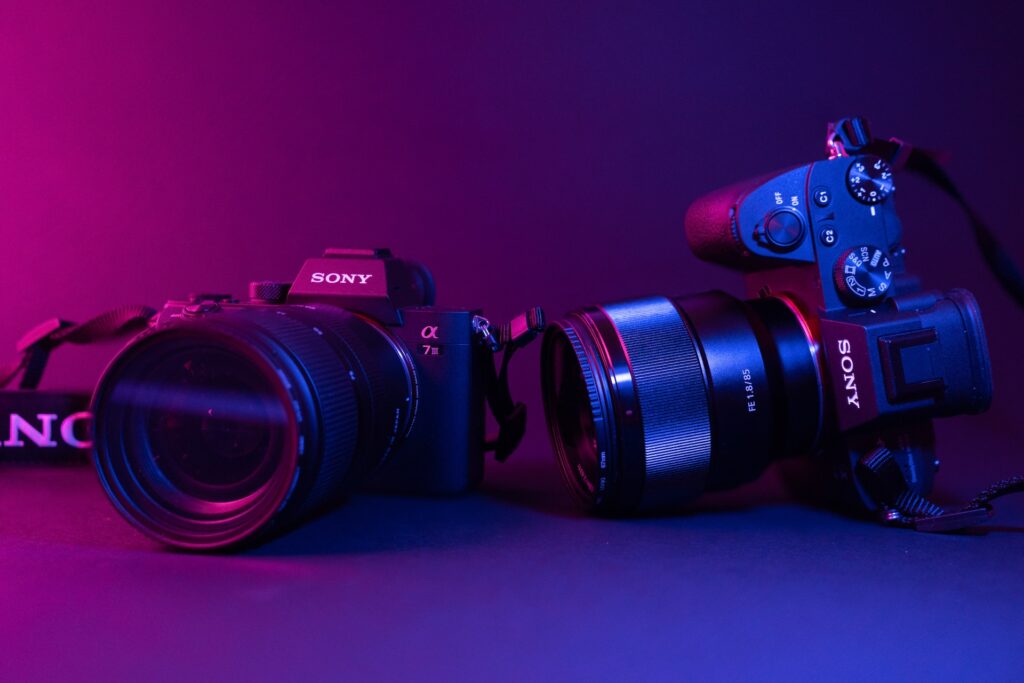Video production is an art that relies on the right equipment to capture stunning visuals and engaging content. While creativity and skill play a significant role, understanding and utilizing your camera’s specifications are equally vital. Let’s delve into five important camera specs you should remember for video shoots. Whether you’re a seasoned videographer or just starting in video production, these specifications will help you achieve professional-quality results.
1. Resolution
Resolution is one of the most fundamental camera specifications for video production. It determines the level of detail your camera can capture. While various resolution options are available, the most common for video production is Full HD (1920×1080) and 4K (3840×2160). Higher resolution offers more detail but requires more storage space and processing power. Choose the resolution that aligns with your project’s needs and equipment capabilities.
2. Frame Rate
Frame rate refers to the number of individual frames or images captured by your camera per second. Common frame rates for video include 24fps (frames per second), 30fps, and 60fps. The choice of frame rate impacts the look and feel of your video. For example, 24fps is often used for a cinematic look, while 60fps provides smoother motion. Select a frame rate that suits your project’s style and the effect you want to achieve.
3. Aperture
The aperture, measured in f-stops, controls the light that enters the camera through the lens. A wider aperture (lower f-stop number) allows more light, which is advantageous in low-light conditions. However, it also affects the depth of field, determining how much of the frame is in focus. Understanding aperture settings is crucial for achieving the desired background blur (bokeh) level and controlling exposure.
4. ISO Sensitivity
ISO sensitivity measures the camera sensor’s ability to capture light. Higher ISO settings allow for better performance in low-light conditions but can introduce digital noise or graininess to the image. Balancing ISO and aperture settings to achieve the desired exposure while minimizing noise is essential. Understanding your camera’s ISO capabilities is crucial for adapting to various lighting situations.
5. Shutter Speed
Shutter speed determines how long the camera’s sensor is exposed to light. It is critical in controlling motion and achieving motion blur or sharpness in your videos. For standard video production, a shutter speed of 1/50 or 1/60 (double the frame rate) is often used to create a natural motion blur that mimics the human eye’s perception. Faster shutter speeds freeze motion, while slower speeds introduce blur for creative effects.
Conclusion
Mastering these five important camera specifications is essential for producing high-quality videos that meet professional standards. Resolution, frame rate, aperture, ISO sensitivity, and shutter speed all contribute to your video production’s visual and technical aspects. By understanding how these specifications work and how to adjust them based on your project’s requirements, you can capture stunning visuals, control exposure, and convey your creative vision effectively. Whether you’re shooting a short film, a documentary, or promotional content, a firm grasp of these camera specs will elevate the quality of your video productions and help you achieve the desired results.
